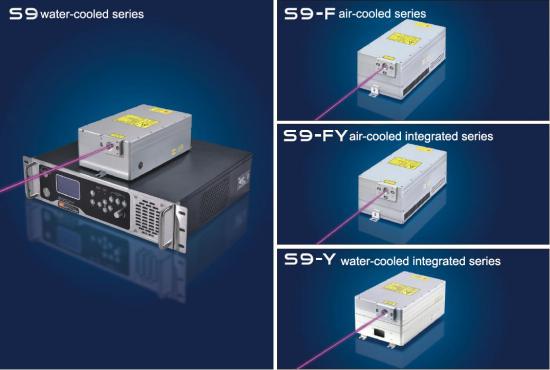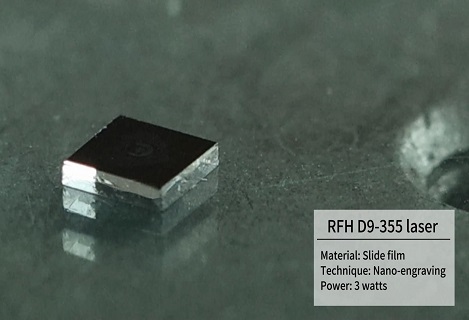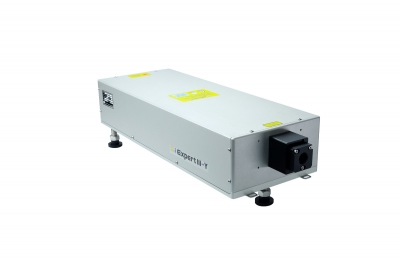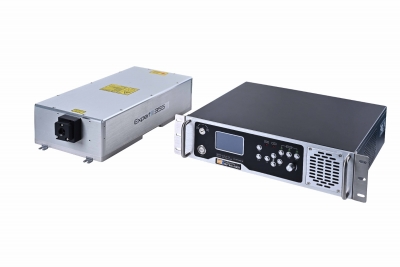Laser marking on plastic or laser engraving on plastic is a process by which components are labeled or marked with the aid of a laser.
The polymer of which the plastic parts are made determines the method used and also the amount of energy needed to carry out the laser engraving of the plastic. The result of laser marking depends on both the type of plastic and the additives used such as dyes and the type of laser used.
How does laser marking on plastic work?
Laser marking is an optical process in which plastic absorbs the laser beam without having any contact with it. This typical behavior is also exploited in the laser welding of plastics, a process during which one welding joint absorbs the beam while the other welding joint is transparent to the laser.
Many different types of plastics and thermoplastics can be laser marked. If a plastic cannot be laser marked, it can usually be processed with an additive or masterbatch suitable for laser marking plastic.
plastic granulesBy masterbatch we mean a concentrated mixture of pigments and / or additives encapsulated during a thermal process in a support resin which is then cooled and cut into a granular form. Additives such as color pigments can also affect laser marking ability.
The key in the plastic laser engraving process is to achieve sufficient absorption of the laser beam into the material. Metals tend to reflect most of the ray, while in plastic the reflection is widespread and absorption is very high.
The low thermal conductivity of the plastic means that the energy loss during laser marking is low, so processing is very fast. The absorption by the macromolecular structure of the plastic is usually in the ultraviolet and infrared range.
UV Laser application on Plastic Label
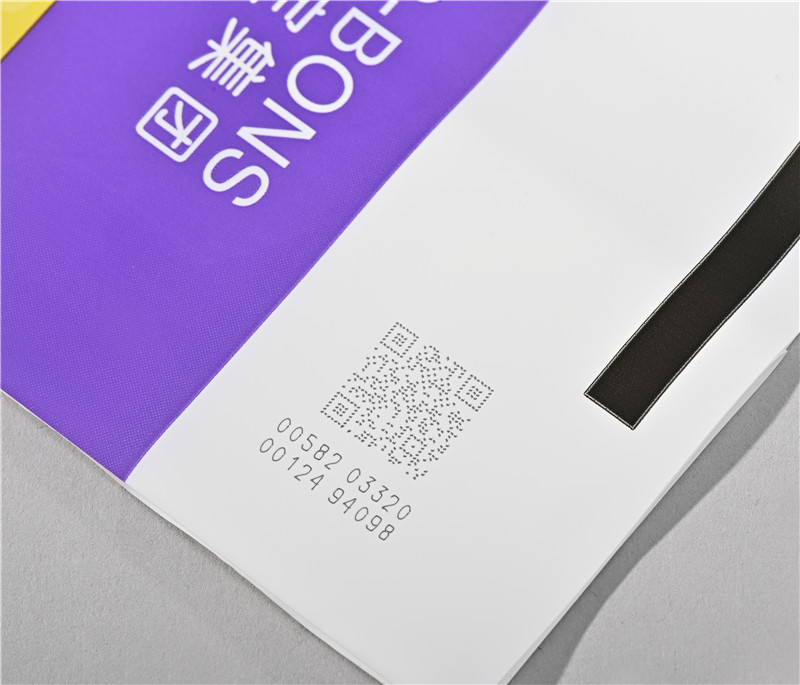
The advantages of Laser Marking on Plastic
Procedures such as laser marking and engraving are used more and more frequently in the industrial field as they are considered particularly reliable and also offer numerous advantages over conventional marking technologies:
The marking is permanent, as it is waterproof, resistant to wear and heat, light and chemicals;
Laser marking is an extremely effective, high quality and forgery-proof process;
Maximum flexibility in the design of the marking, so it is also suitable for areas usually difficult to access;
The whole process takes place without any contact with the material;
There is no tool wear and no additional cost for extra materials such as chemicals, inks, etc;
The processed plastic is always free from pressures, tensions and fixings, in order to guarantee consistently uniform results;
Processing is simple and no pre-treatment or post-processing is required;
Thanks to the short set-up times of the laser machine and the flexibility offered, even small batches can be marked economically.
Laser-marked car buttons
Types of lasers used
During laser marking, plastics undergo optical surface changes through exposure to the aforementioned beam. For this purpose, a variety of laser supports are used, which differ in the way the beam is generated. During plastic processing, the result is influenced not only by the type of laser but also by the wavelength used.
The wavelength of the laser plays an important role in marking plastic. If solid state lasers with doubled (532 nm) or tripled (355 nm) frequency are used, the range of plastic materials on which a good laser marking result can be obtained becomes very wide.
Laser marking on plastic with UV laser
RFH UV Laser Marking Module used for paint stripping on plastic
Methods of Laser Marking on Plastic
Foaming leaves a tangible mark on the surface of all polymers, but also on some metals. The heat induced by the laser melts the surface and later, due to the rapid cooling, the bubbles remain encapsulated in the material, thus forming a positive sign, which can be touched by hand. Depending on the material this sign is light or dark in color. In this case the laser operates at a low power level and with longer pulses.
Plastic carbonization. This technique allows to obtain strong color contrasts on bright surfaces and can be used for both polymers and biopolymers. During the carbonization process, the laser heats the surface of the material which releases oxygen and hydrogen. The surface of the plastic is thus carbonized due to the concentration of carbon. This technique has slightly longer marking times than other processes.
Color change. Color change laser marking is an electrical process that reorders or destroys pigmented macromolecules and ensures maximum readability. No material is removed, the surface is smooth and unaltered, but a little foaming is possible. The color variation can be both light and dark althou
Today,we will recommend you RFH UV laser brand from China.
S9 Series 3W 5W 10W UV Laser
To meet the market demand, RFH newly developed S9 series UV laser in 2020. Comparing with its kinds, S9 series UV laser features with rugged sealed cavity, extremely compact size, simple and robust, high stability, high efficiency, high reliability and excellent laser beam quality.Its compact design suggests no necessity in building big light path, which greatly reduces space and cost and makes it easy to be installed into UV laser marking machines. In addition, S9 series cavity structure is more stability and more excellent scalability, which means the same laser cavity can be produces multi-power lasers , and the stability of different power ranges is greatly improved
